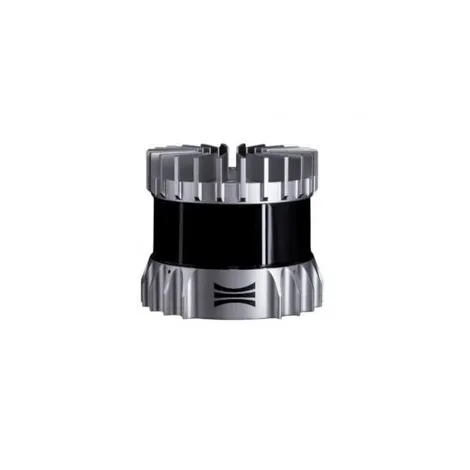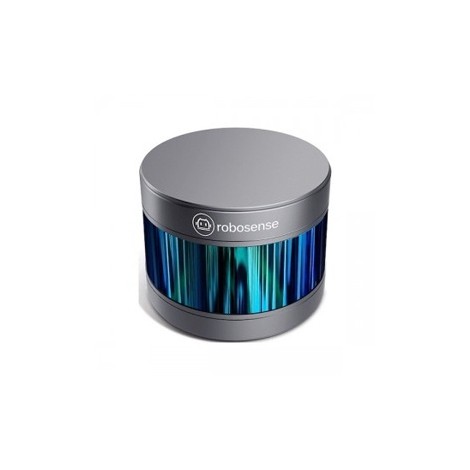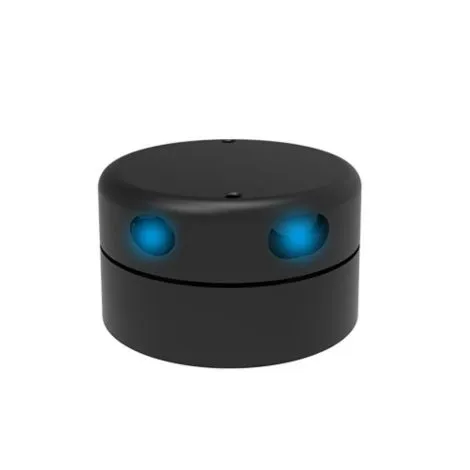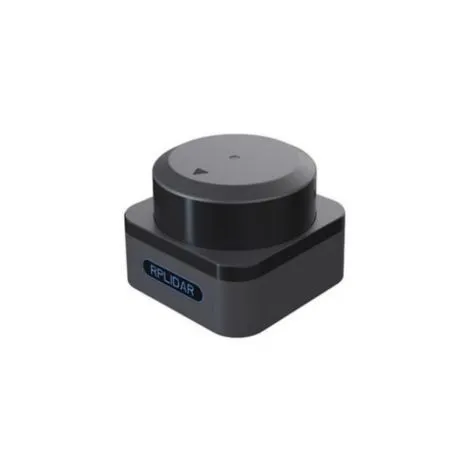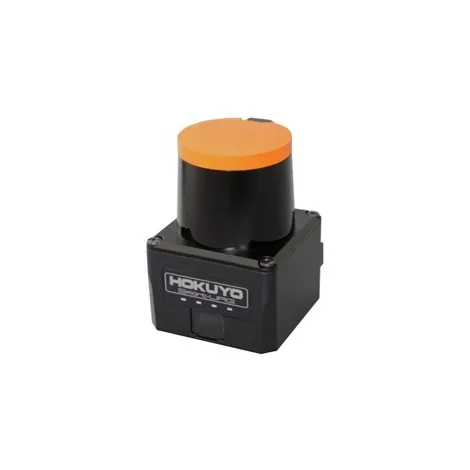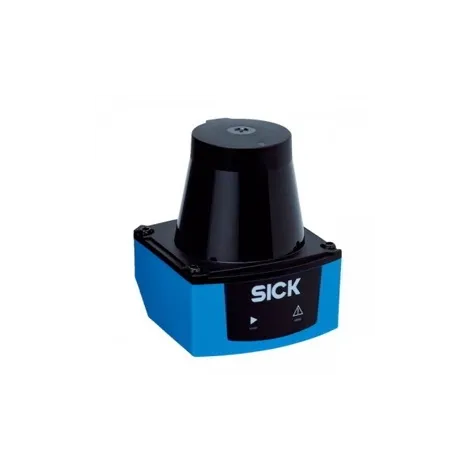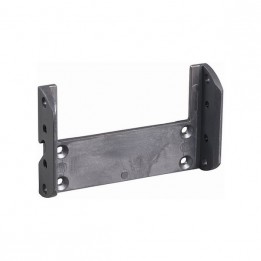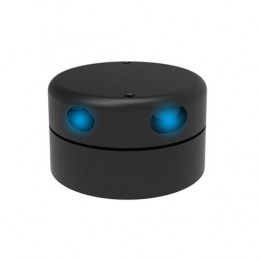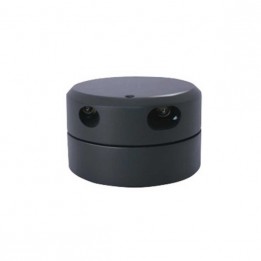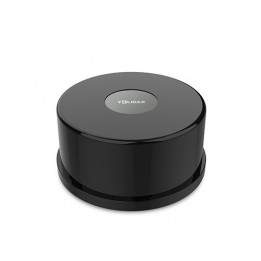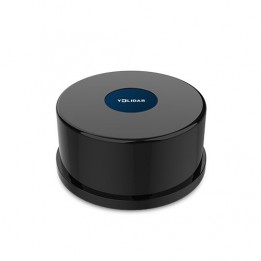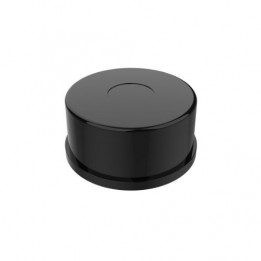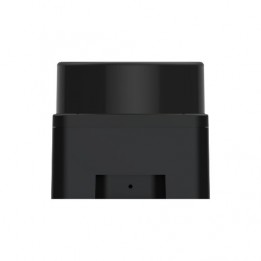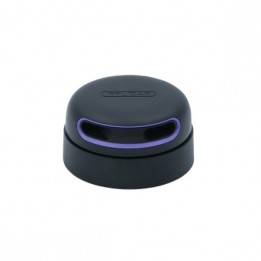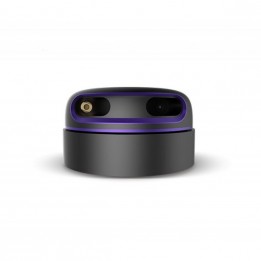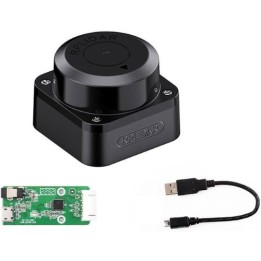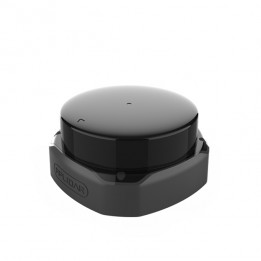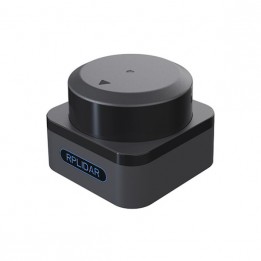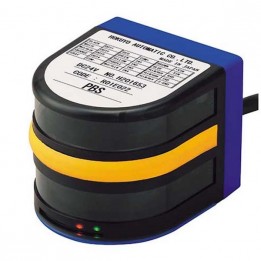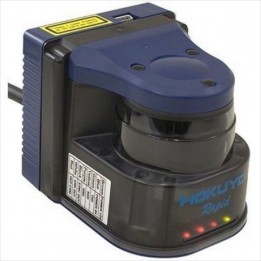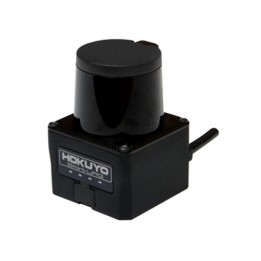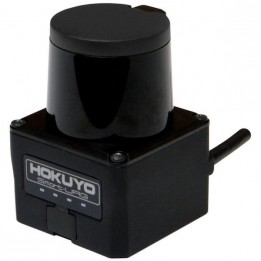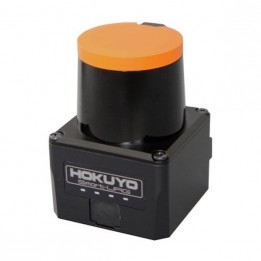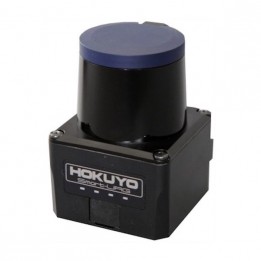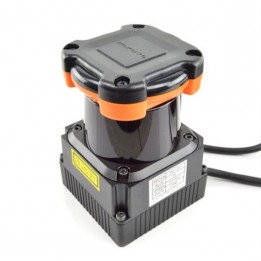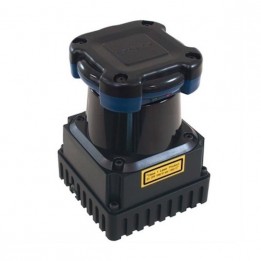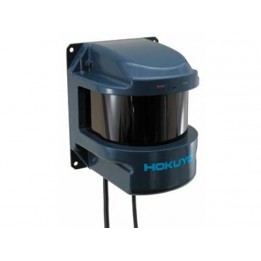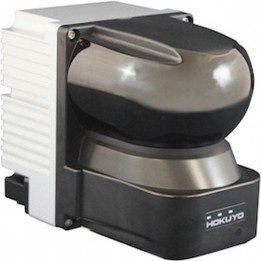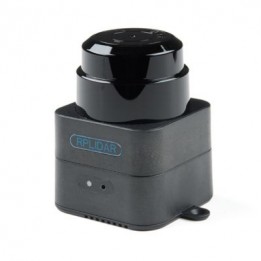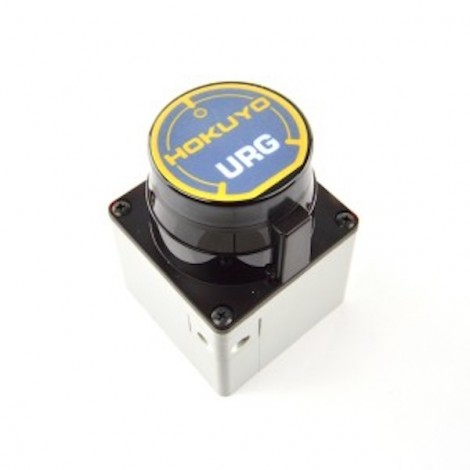LiDAR sensors for robotics and automation
LiDARs allow you to map your environment quickly and accurately. They are a key add-on to any mobile robot (or any autonomous vehicle that rolls, flies or swims) or automated machine that requires a safety zone.
What is a LiDAR sensor?
LiDAR stands for "light detection and ranging". It is a method for determining variable distance based on the time for a reflected light to return to its receiver. In addition to measuring distances and sense obstacles, a LiDAR can create a 3D map of its surrounding environment.
This technology has been a small breakthrough in the field of archaeology, for example. It also enables autonomous vehicles to "visualize" their environment in real time.
How does LiDAR work?
LiDAR technology is similar to radar (which uses radio waves) or sonar (which uses acoustic waves). A laser beam is emitted, bounced back from a surface, and then sent back to the detector. LiDAR then calculates the distance to the target. By using light (laser beam), which speed is a constant value, LiDAR is much more accurate than the other two technologies.
Knowing the position and orientation of the sensor, the XYZ coordinate of the reflective surface can be calculated. It is represented by a point. By repeating this process many times (short pulses of laser beam), the device builds up a complex ‘map’ made up of all the points that it collected.
For a detailed explanation of LiDAR technology, feel free to read our blog post on the subject, entitled What is LiDAR technology?
LiDAR: its different applications
LiDAR is a great alternative to various types of proximity sensors. It is used in many sectors, and for wide varety of missions.
Here are a few examples of applications:
- Environmental monitoring:
- Forest monitoring, fight against deforestation
- Study of atmospheric or volcanic activity
- Biodiversity evolution
- Modeling :
- Tsunamis and floods
- Road accidents
- Human activities monitoring:
- Agriculture management
- Pollution rates
- Tourism management
- Maintenance :
- Bridge inspection
- Wind speed and wind turbine surveying
- Exploration :
- Archaeological and oceanographic discoveries
- Oil and gas exploration
- Robotics :
- Autonomous cars
- Delivery of meals, mail, by autonomous mobile robots
- Security on sensitive sites
- Creation of safety zones around industrial robots
- LiDARs are often coupled with other robotic platforms such as humanoid robots, mobile robots, drones, robotic arms, etc.
LiDAR 2D vs LiDAR 3D
3D LiDARs are a more extensive solution, but they are more expensive than 2D LiDARs. However, the former will be more interesting for warehouse automation projects in the medium/long term. Find out why in our blog post "2D LiDAR vs 3D LiDAR".
Our main LiDAR brands
Mounting bracket for Sick LMS500 laser scanner for direct rear fitting to a wall or on a machine, no adjustment possible
Need a small but efficient scanner for your autonomous mobile robot? Allow me to introduce YDLIDAR G2!
Check out this YDLIDAR G4 360° laser range finder: an ultra-reduced model offering an amazing performance!
The YDLIDAR TG15 Lidar is a 2D LiDAR with a 360° scanning angle.
Dive into the world of the YDLIDAR TG30 Lidar, a powerful and versatile 360° laser rangefinder designed to push the boundaries of detection and environmental analysis.
Discover the YDLIDAR TG50, a powerful and precise 360° laser scanner that utilizes 360°2D LiDAR technology for high-frequency distance measurements.
The YDLIDAR Tmini Pro is the perfect choice for developers, engineers, and robotics enthusiasts looking to integrate a high-performance laser sensor into their projects. Its combination of precision, range, and scanning speed makes it a versatile tool for a wide range of applications.
SLAMTEC presents the RPLIDAR A2M12, a new-generation 360-degree 2D laser scanner offering an affordable, high-performance solution.
The new SLAMTEC RPLIDAR S2 is a compact, affordable and durable device offering stability and superior performance.
SLAMTEC has introduced the RPLIDAR S3, a new generation of lightweight, high-performance and compact LiDAR.
The Hokuyo PBS-03JN range finder is perfect for obstacle detection applications on autonomous mobile platforms. Small in form and light in weight, it integrates into any robotised systems.
Offering a scanning time almost four times faster than the URG-04LX telemeter, the Hokuyo UBG-04LX-F01 laser range finder remains very compact with a low power consumption.
The most popular laser range finder from Hokuyo. Thousands of robots accross the world use this sensor recognised for its accuracy and its robustness.
Light, compact, economical, and supporting up to 31 configurable detection areas: the Hokuyo UST-05LA laser range finder is most particularly intended for obstacle detection and localisation applications.
Specifically designed for indoor robotics, the Hokuyo UST-05LN LiDAR is a compact, lightweight, and very accurate obstacle detection sensor.
Looking for a way to make your robot’s movements more precise? Do you want your mobile robot to be able to avoid obstacles and follow certain markers? By connecting a UST-10LX Scanning Laser Range Finder to your creation you will make it even more autonomous, even more responsive to its immediate surroundings!
So you thought it was impossible for a device to be even more powerful than the UST-10XL without sacrificing size? Well take a look at the Hokuyo UST-20LX Scanning Laser Range Finder: just as light, just as sturdy – but with much sharper vision!
Laser range finder with a 30m range for indoor use. The UTM-30LX from Hokuyo allows getting accurate measures on a long range.
The UTM-30LX-EW is a major evolution of the UTM-30LX. In addition to the 30m range, it features an Ethernet connectivity, a multi-echo functionnality and an IP67 casing for an outdoor use !
The Hokuyo UXM-30LAH-EWA laser range finder is one of the longer-range models from the Japanese LiDAR manufacturer. In ideal conditions, it can detect objects up to 120 m.
The Hokuyo YVT-35LX laser range finder – 3D LiDAR combines a multi-echo function and an on-board IMU sensor providing the most accurate 3D mapping outdoors, in all weather.
SLAMTEC has introduced a new generation of laser rangefinders with integrated mapping and localization features.

